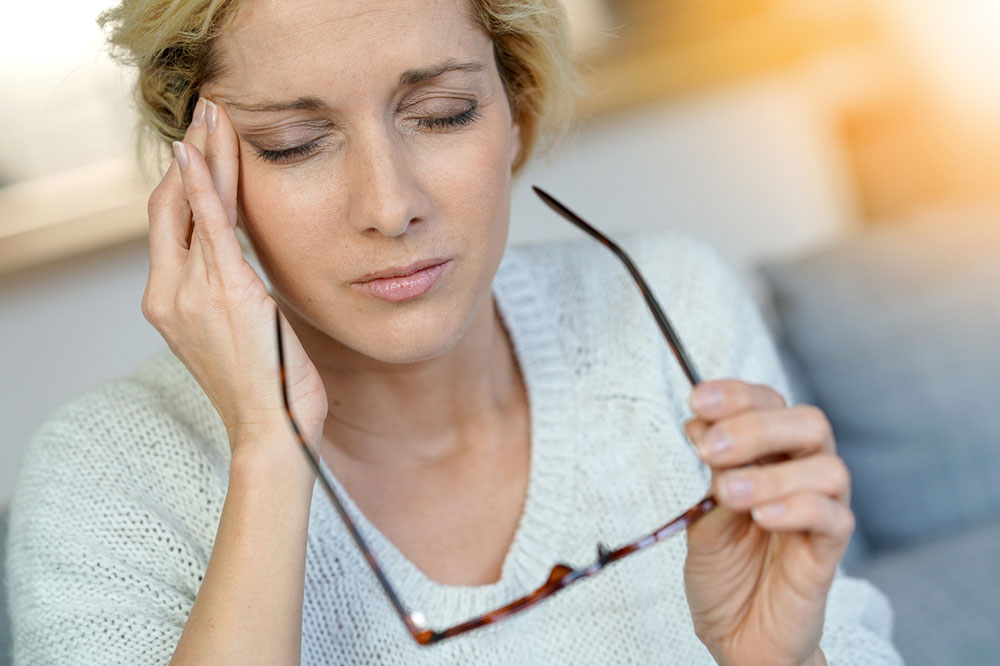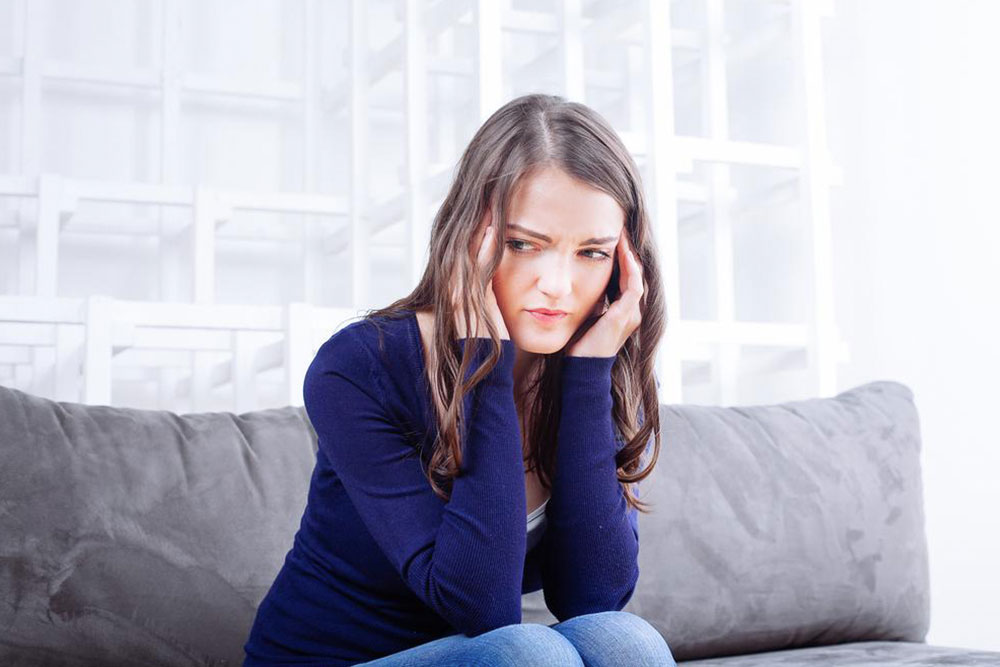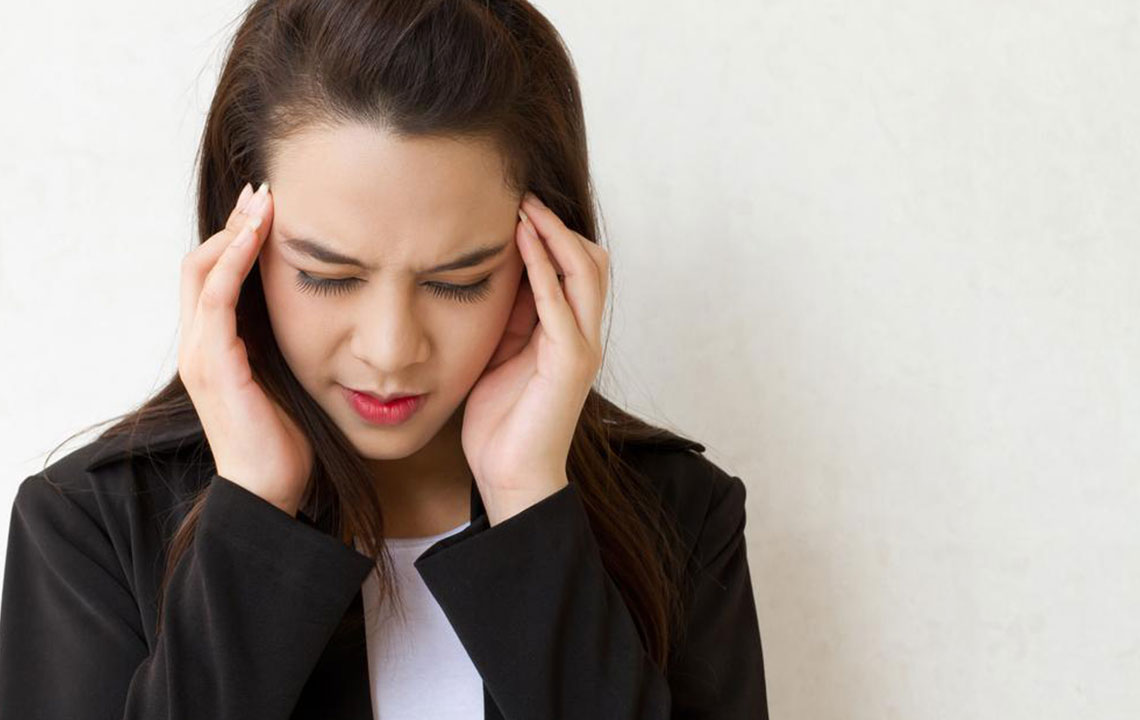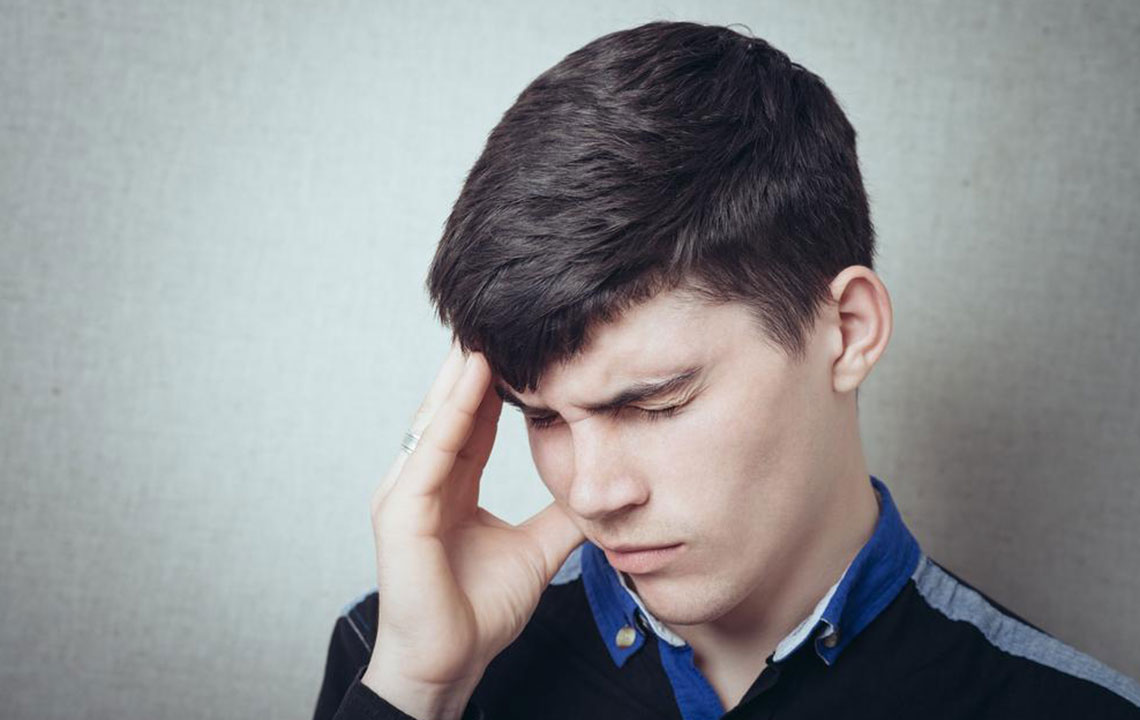Common Questions About Odor-Triggered Migraines Explained
Discover key insights about odor-induced migraines, including causes, triggers, and management strategies. Learn how osmophobia affects migraine sufferers and practical tips to reduce exposure to scent triggers. Empower yourself with knowledge to better handle odor-related headaches and improve quality of life.

Common Questions About Odor-Triggered Migraines Explained
Migraines can be brought on by numerous factors. While foods like cheese and chocolate are well-known triggers, stressful situations can also provoke severe headaches. Additionally, certain smells can induce similar reactions in vulnerable individuals. This phenomenon is linked to heightened olfactory sensitivity, known as osmophobia, which many migraine sufferers experience. Although the exact cause remains unclear, understanding these triggers can help manage symptoms effectively.
1. What is osmophobia and how does it relate to migraines?
Osmophobia describes an intense dislike or fear of certain odors and is often associated with migraines.
Many migraine sufferers report that exposure to strong or unpleasant odors worsens their symptoms. Research indicates that those with a long history of migraines tend to experience more pronounced osmophobia, pointing to a strong link between smell sensitivity and migraine severity.
2. What leads to osmophobia?
The olfactory bulb, a small brain structure, detects smells. Studies show that migraine patients often have a smaller-than-normal olfactory bulb, which may cause increased sensitivity to odors, thereby triggering or worsening migraines.
3. Which scents tend to trigger migraines?
Common odors that can provoke migraines include:
Paint fumes
Cleaning agents like bleach
Gasoline fumes
Cigarette smoke
Food smells
Nail polish
Pesticides
Car exhaust
Leather products
Carpet odors
Household cleaning products
4. How can you prevent odor-based migraines?
Managing exposure to certain scents is crucial in controlling odor-induced migraines. Here are some effective strategies:
Identify your specific triggers
Knowing which smells affect you allows for targeted avoidance.
Ensure proper ventilation
Good airflow dilutes strong odors and reduces exposure; stepping outside or into airy spaces can help.
Adjust lifestyle habits
Avoid products or foods that worsen your symptoms and quit smoking to minimize irritants.
Incorporate regular exercise
Exercise releases pain-reducing chemicals and lessens stress, which can decrease migraine frequency and intensity.
Note:
The information provided here is for educational purposes only and should not replace professional medical advice. Always consult healthcare professionals for diagnosis and treatment of health conditions.










